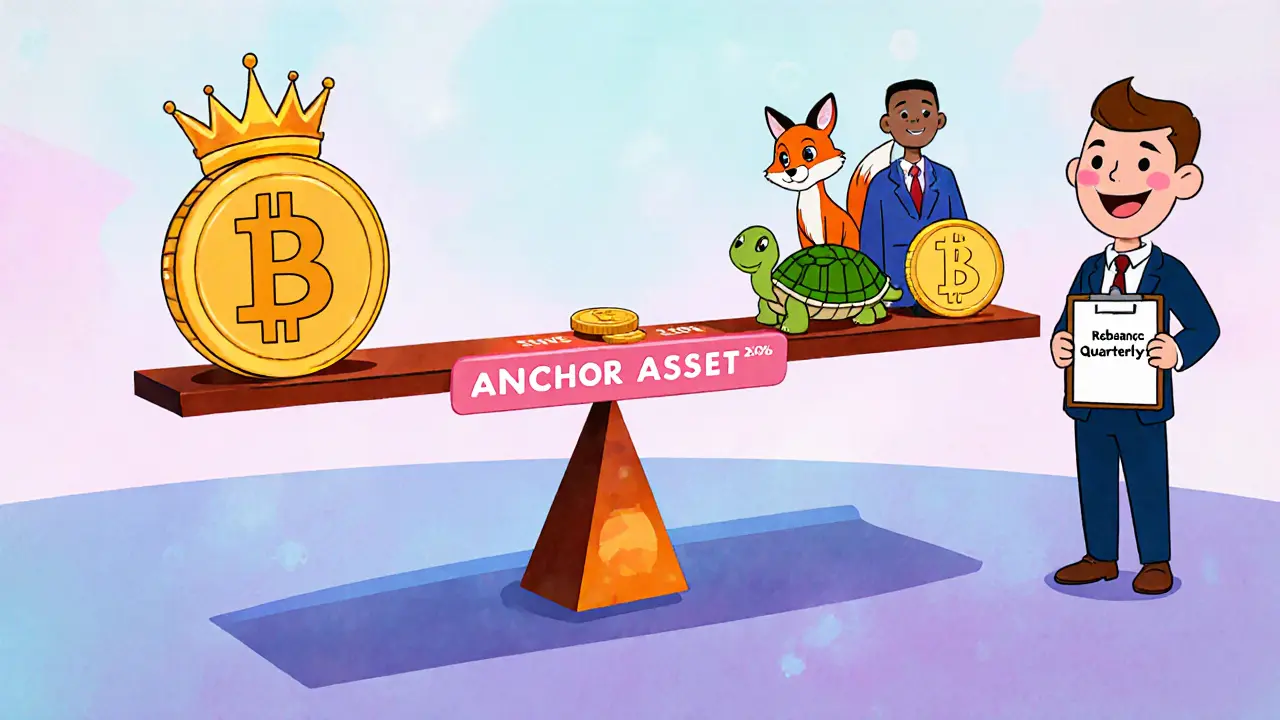Learn the optimal Bitcoin allocation for your crypto portfolio based on data from BlackRock, VanEck, and CoinShares. Discover how much to own, where to get the funds, and how to rebalance without losing sleep.
Bitcoin Risk Management: How to Protect Your Holdings in Volatile Markets
When you own Bitcoin, a decentralized digital currency with no central authority or government backing. Also known as BTC, it’s one of the most volatile assets on the planet. One day it’s up 15%, the next it’s down 20%. That’s not a bug—it’s the design. And if you’re not managing that risk, you’re not investing—you’re gambling.
Crypto risk, the potential for sudden, large losses in digital assets due to market swings, scams, or technical failures isn’t just about price drops. It’s about losing access to your coins because you used a sketchy exchange, forgot your seed phrase, or fell for a fake airdrop. Look at the posts here: projects like Elemon, Baryon Network, and DogemonGo all failed because people assumed safety wasn’t needed. They didn’t check teams, liquidity, or activity. That’s crypto risk in action.
Good Bitcoin risk management, a set of practices to reduce exposure to loss while holding or trading Bitcoin doesn’t require fancy tools. It starts with three basics: never put all your money in one coin, never leave coins on an exchange longer than you have to, and always test your wallet recovery before you need it. The wallet security, the protection of cryptocurrency holdings through private key control, hardware devices, and access limits of your funds is your first line of defense. If you’re using a hot wallet for more than a few days, you’re asking for trouble. Cold wallets like Ledger or Trezor aren’t sexy, but they’ve saved thousands from rug pulls and hacks.
And don’t ignore Bitcoin volatility, the rapid and unpredictable price fluctuations that define Bitcoin’s market behavior. It’s not going away. The 2021-2023 bear market lasted 14 months. People who panicked and sold at the bottom lost more than those who held. Risk management isn’t about predicting the next pump—it’s about surviving the next dump. That means setting stop-losses if you’re trading, or just walking away if you’re HODLing. You don’t need to time the market. You just need to not lose your shirt when it crashes.
What you’ll find below aren’t theories. These are real cases: airdrops that vanished, exchanges that shut down, tokens with zero volume. Every post here shows someone who skipped the basics—and paid for it. You won’t find advice like "buy the dip" or "moon soon." You’ll find clear-eyed breakdowns of what actually keeps your Bitcoin safe. Whether you’re new or have been holding since 2017, if you’re not thinking about risk, you’re already behind.





